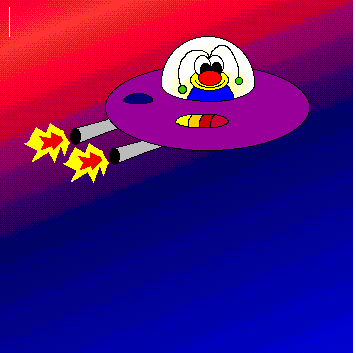G.Janacek - R stuff
The computer is an essential tool in most of our courses and we shall use a package called
R developed by Robert
Gentleman and Ross Ihaka. There is almost all the information you require about R at
the CRAN
site
R is available in the BIO-Maths lab and on most of of the the ITSC lab PC's.
The stuff below is a collection of notes and code to help in using R. Much of it is
to help me to remember how to do things I last did some time ago.
Connected to glm
If you want to set the scale or the dispersion, for example so
as to
set the dispersion to 1
use dispersion=1 as a parameter to summary viz.
summary(r1,dispersion=1)
If you need the covariance of the parameter coefficients in a glm the
following function is useful
vcov.glm<-function(obj)
{
so<-summary(obj)
so$dispersion*so$cov.unscaled
}
vcov.glm( glm object)
gives the required variance covariance matrix
General
It helps when using nlm to increase the heap space
Time Series
There is some time series stuff, in particular the Timeslab routines of
Newton and the recent time series library. My own R routines are here
here
A note from the mailing list
From: Joerg Maeder
Subject: Re: [R] multiple series on same graph
Hello Collin,
The thing with different colors, symbols or size is very easy. Just give
a vector with as many elements as points you want to the function
points.
points(c(x1,x2,x3,x4,x5),c(y1,y1,y2,y3,y4,y5),col=c(col1,col2,col3,col4,col5),phc=(pch1,pc...),cex=c(....))
the same thing also works in plot, text, lines and so on, and also for
the arguments lty (line typ)
If your vector is too short it will be duplicated as many time as
neccessary. In this case col=c('black','blue') will produce alternating
colors.
with legends i don't have much experience. I often do it with 'text' and
'points'. But there is a function called legend. I should also have to
look to it.
R PostgreSQL Package
The RPgSQL package for R allows users to read and write data frames to and from a postgresql
database. No knowledge of SQL is necessary to use the postgres package. However, a low-level
interface is also provided for sending SQL queries to the postgresql backend, and retrieving results.
The package also has support for "proxy" data frames. A data frame proxy is an R object that inherits
from the data.frame class, but contains no data. All accesses to the proxy data frame generate the
appropriate SQL query and retrieve the resulting data from the postgresql backend. When this
interface is complete, you will be able to process arbitrarily large data frames without loading
everything into memory.
You can find information about postgresql
here
